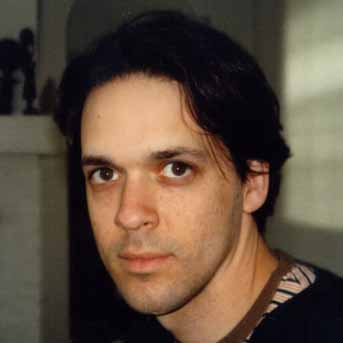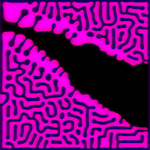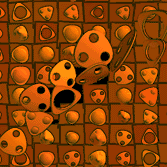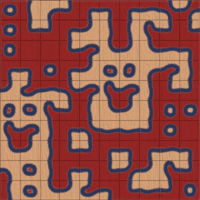
 |
|
 |
Brian Knep | ||||
| WEB | |||||
|
Every day we interact with dozens, if not hundreds, of machines and machine-made
objects. Most of the tools we use were formed in molds and contain engineered
materials, such as plastic, and we're starting to interact with more computer-enabled
objects and environments, such as cell-phones and "smart" cars.
These can be beautiful, and can enhance our lives, but they often lack something
found in their natural, or hand-made, counteparts.
The satisfaction we get from hand-made objects and natural environments is hard to qualify, and not something we easily get from technology. When you hold a cup made with loving attention by a potter, you make a connection with his or her soul. With a machine-made object, the connection to another life is diminished or absent. Likewise, face-to-face interactions with people sharing the same physical environment provides something that is lacking in remote and anonymous interactions, such as we often have on the internet. My work explores these boundaries—the similarities and differences between a hand-made bowl and an injection-molded bowl, between a wood chair and a plastic chair, between face-to-face communication and virtual communication. Can high-tech objects have the soul of natural objects? Can our interactions with these objects satisfy us as deeply as our interactions with each other and our environment? I've been trying to find what I think of as the "soul" in technology by creating works that, though obviously man-made, show the complexity, in behavior and aesthetics, of natural objects. Works that interact with people and encourage interaction among people, even strangers.
Brian combines art and design with extensive technical skills and production experience. He has worked on a wide range of projects, from large, high-tech interactive environments, to small low-tech toys, and high-end special effects. His work has been shown in the Lowry Centre in Manchester, England, the Haus der Musik in Vienna, Austria,Austria and the M.I.T. Media Lab. Brian was a founder of Nearlife, Inc., where he was lead architect of core technologies. He has also developed software for feature films such as Jurassic Park, and his work as a Senior Software Engineer at Industrial Light & Magic has been recognized with two Scientific and Technical Academy Awards. For the last several years, Brian has studied at the Radcliffe Ceramics Studio and Avon Glassworks. He has published in academic journals, and graduated with honors from Brown University, where he received his B.S. and M.S. |
 |
||||
 |
|||||
 |
|||||